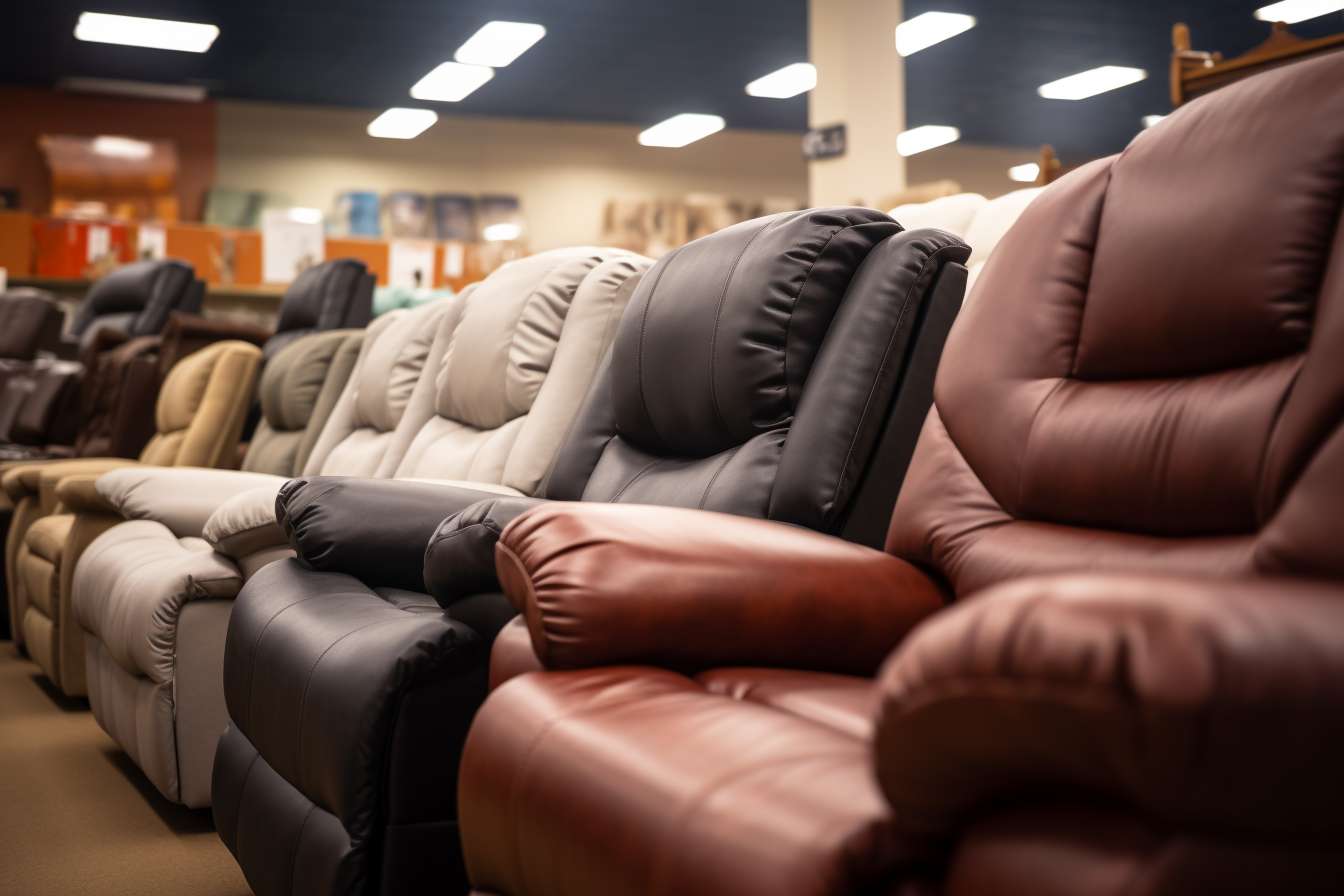Choosing the Perfect Sofa: Complete Guide for Your Home
A sofa is often the focal point of your living room and the most-used piece of furniture in your home. This in-depth guide walks you through sofa styles, construction, measurements, upholstery choices, maintenance, and price ranges so you can pick a comfortable, durable, and stylish couch that fits your lifestyle and space.

A couch or sofa does more than fill a room: it anchors your living space, sets the tone for gatherings, and should stand up to everyday use. Picking the right piece means balancing appearance, comfort, durability, and budget. The sections below break down the essentials so you can choose confidently and care for your sofa for years to come.
Understanding sofa styles and configurations
Sofas come in a wide range of silhouettes and configurations. Traditional sofas often feature rolled arms, tufting, and ornamental details, while contemporary designs favor clean lines and minimal ornamentation. Common types include:
- Standard three-seaters: Classic and versatile for many living rooms.
- Loveseats and settees: Smaller options suitable for compact spaces or secondary seating.
- Sectionals and modular sofas: Multiple pieces that can be rearranged—ideal for larger rooms or flexible layouts; they can include chaises and ottomans.
- Sleeper sofas: Dual-purpose seating that converts to a bed for overnight guests.
- Accent sofas and daybeds: Decorative pieces that add personality and specialty function.
When choosing a style, consider your existing decor, the room’s scale, and how the sofa will be used—whether for lounging, entertaining, or occasional naps.
What to look for in construction and quality
A well-made sofa starts with a strong frame and reliable internal components. Key construction points:
- Frame: Look for hardwood frames made from kiln-dried lumber, plywood, or mixed hardwoods. Solid joints reinforced with corner blocks, dowels, and screws signal better longevity compared with stapled or glued frames.
- Suspension: Sinuous (S-shaped) springs and eight-way hand-tied springs provide different comfort and durability levels. Hand-tied systems are often found in higher-end pieces.
- Cushions: High-density foam offers support and shape retention; feather or down blends feel luxurious but need regular fluffing and may compress over time. Coil or pocketed springs beneath cushions add resilience.
- Upholstery and seams: Sturdy stitching and reinforced seams prevent premature wear. For leather, check hide thickness and tanning method; for fabrics, review fiber content and weave tightness.
Inspect these features in person if possible, and ask retailers about construction specifics and warranties.
Measuring and planning your layout
Accurate measurements prevent delivery headaches and ensure the sofa fits the space visually and functionally:
- Measure the room, then measure doorways, hallways, elevators, and stairwells the sofa must pass through. Consider diagonal clearances for maneuvering corners.
- Allow at least 18 inches of walking space around seating areas for comfortable traffic flow.
- For conversation, arrange seating so occupants are within about 8 feet of each other to encourage interaction.
- Think about scale: a very large sectional can overwhelm a small room, while a tiny couch can look lost in a large space. Use painter’s tape or cardboard cutouts to visualize footprint.
Also plan for related elements such as rug size, coffee table placement, and sightlines to focal points like a TV or fireplace.
Upholstery materials and maintenance needs
Choosing the right fabric affects look, feel, and care requirements:
- Performance fabrics: Engineered for stain resistance and durability, ideal for homes with children or pets.
- Natural fibers (linen, cotton): Breathable and comfortable, but may wrinkle and can be harder to clean unless treated.
- Velvet: Luxurious and tactile but can show marks and often needs more careful upkeep.
- Leather: Extremely durable and develops a patina over time; requires periodic conditioning and protection from direct sunlight.
- Microfiber and synthetics: Generally easy to clean and resistant to wear.
Match the material to your lifestyle. For busy households, choose fabrics labeled as stain-resistant or with removable, washable covers. For leather, clean spills promptly and condition the hide every 6–12 months to prevent drying.
| Sofa Type | Quality Level | Price Range |
|---|---|---|
| Basic Sofa | Entry-Level | $500–$1,200 |
| Mid-Range Sofa | Good Quality | $1,200–$3,000 |
| Sectional | Mid-Range | $1,500–$4,000 |
| Premium Sofa | Luxury | $3,000–$10,000+ |
Prices, rates, or cost estimates mentioned in this article are based on the latest available information but may change over time. Independent research is advised before making financial decisions.
Caring for your sofa long-term
Consistent care preserves appearance and extends lifespan:
- Vacuum weekly using upholstery attachments to remove dust and debris.
- Rotate and flip removable cushions monthly to distribute wear evenly.
- Blot spills immediately with a clean cloth; avoid rubbing, which can spread stains.
- Follow manufacturer cleaning recommendations—spot-clean with appropriate mild solutions for fabric or use leather-specific cleaners for hides.
- Schedule professional deep cleaning every 12–18 months for heavily used fabric sofas.
- For leather, apply conditioner every 6–12 months and keep the piece out of direct sunlight to prevent fading and cracking.
Additional protective steps include using arm covers, throws, or slipcovers in high-traffic areas and training pets to use designated bedding to reduce claw and fur damage.
Making the final decision
To choose the best sofa for your home, balance aesthetics, comfort, durability, and price. If possible, test sofas in-store—sit for several minutes to evaluate seat depth, back support, and cushion firmness. Examine construction details, ask about warranties, delivery and return policies, and whether the piece is customizable.
Consider long-term needs: will your family grow, will you move, or do you anticipate switching styles? Investing a bit more in a quality frame and durable upholstery often pays off in comfort and longevity.
With careful measurement, attention to materials and construction, and a maintenance routine, the right sofa can provide years of comfort and become a trusted centerpiece of your living space.






